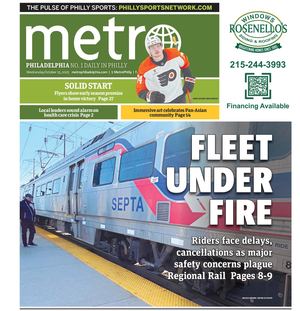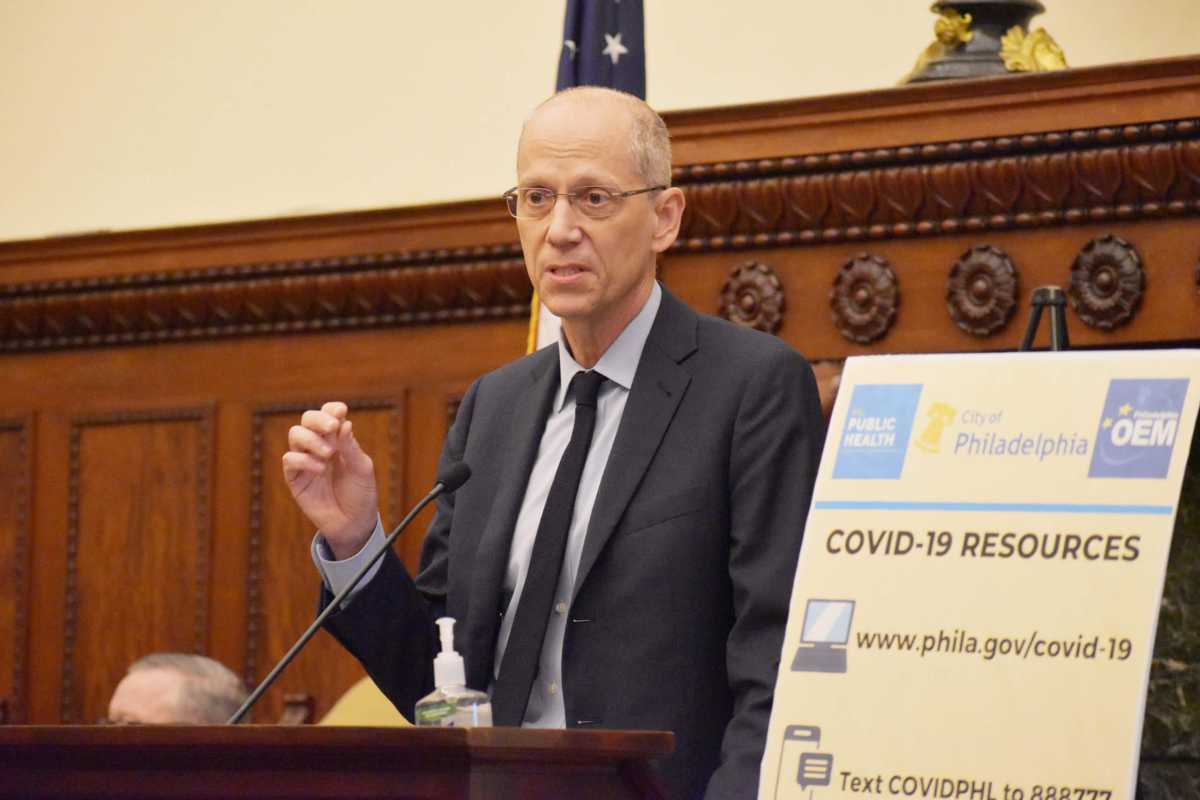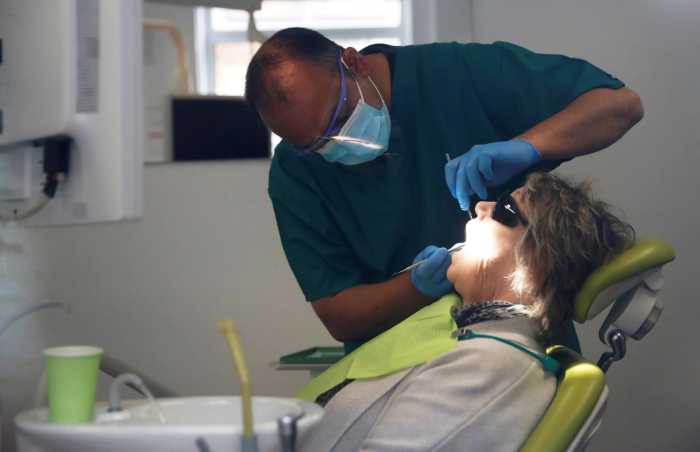Restaurants in Philadelphia will be allowed to expand their capacity for indoor dining to 50% beginning on Friday, city officials announced Tuesday.
Health Commissioner Thomas Farley said that falling COVID-19 case counts allowed for the change. City restaurants were permitted to open their doors Sept. 8 at 25% capacity and had to remain at that level even as the rest of the state moved to 50% Sept. 21.
Many restrictions will remain in place, and eateries that do want to bump up their capacity are required by the state to go through a self-certification process.
The layout must be spaced so diners at different tables are 6 feet apart; servers must wear masks and face shields; and tables cannot have more than four chairs.
Bar seating is not allowed, and anyone who does order alcohol must also purchase a meal, in accordance with state regulations.
Outdoor dining is still safer, Farley said, adding that he supports efforts to find ways to keep it going as the weather grows colder.
“Even as we are expanding the opportunity for restaurants to have more diners indoors, we want to encourage restaurants to have outdoor seating, and, if anything, to increase their outdoor seating because we do think that is a much safer environment for diners,” he said.
For those establishments that want to pursue indoor dining at 50% capacity, restaurateurs must certify that they are following Centers for Disease Control and Prevention guidelines and other public safety measures.
Restaurants that get certified will be listed in a statewide online directory and receive signage to display the designation.
It’s mandated for any eateries that want to expand to 50% capacity, a requirement that state regulators will begin enforcing Oct. 5.
The free process can be accessed at www.pa.gov/covid. State officials have said that restaurants that do certify will not be subject to increased inspections.
City leaders on Tuesday reported 59 new confirmed cases of the coronavirus and one additional fatality, bringing Philadelphia’s death toll to 1,801 since the beginning of the pandemic.
Last week, there was an average of 74 cases a day and a positive test rate of 2.5%, which was similar to the prior week, Farley said.
At K-12 schools that have opened for face-to-face classes, there have been isolated cases but no evidence of any outbreaks, officials said.
More and more people are taking advantage of rapid COVID-19 testing, but Farley said the results are not always accurate.
“If someone has classic symptoms and has a positive test, that’s very likely to be positive,” he said. “On the other hand, if they have no symptoms and they have a positive test, it could be a false positive.”
“And if they have classic symptoms and they have a negative test, that could be a false negative,” Farley added.
In cases where the result might be false, doctors should instruct patients to take a standard test to confirm the result, he said.
In response, the health department is treating positive rapid tests as “probable cases,” instead of confirmed cases. Farley said a total of 50 probable cases were reported last week.






























